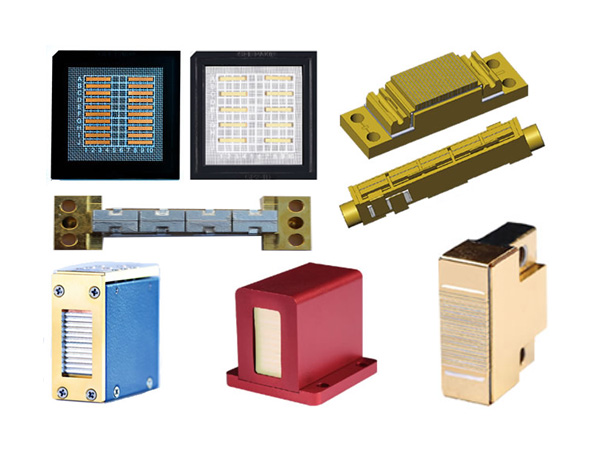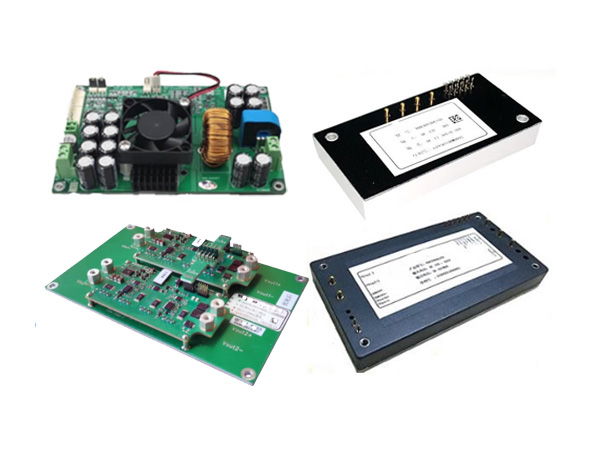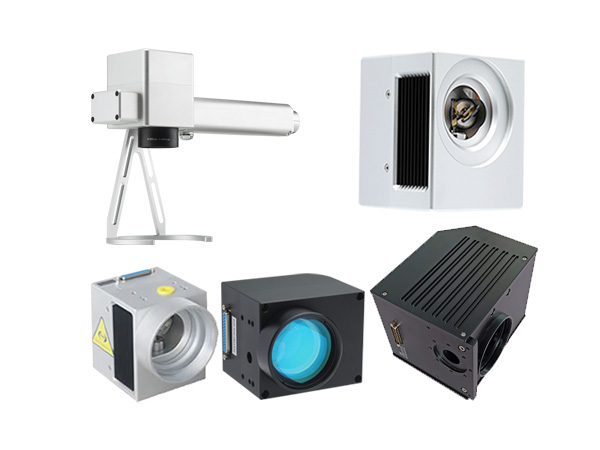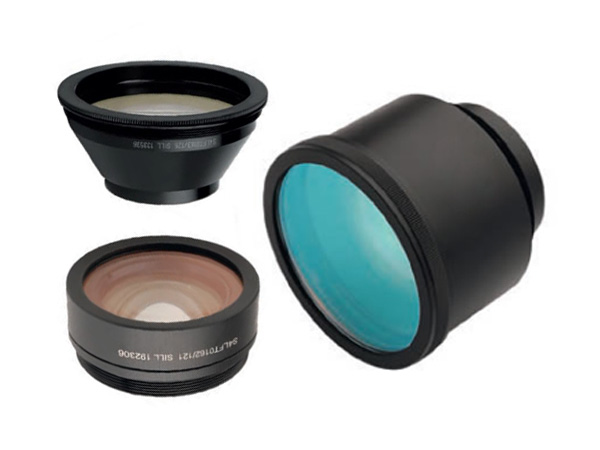Laser Processing in Automotive Manufacturing
The automotive industry is one of the largest application areas for laser material processing. According to the McKinsey Center for the Future of Mobility, the automotive sector alone accounted for approximately 7% of the EU's GDP in 2019.
At the moment, supply chain constraints caused by the New Crown epidemic have not yet been fully lifted, and automotive manufacturing has not yet returned to pre-epidemic levels. However, growth in the European automotive sector is trending upwards. In the first nine months of 2022, nearly 8 million passenger cars were produced in the EU - a 5.8 percent increase compared to the same period in 2021.
Lasers have long played an important role in optimizing vehicle manufacturing. For most vehicles, almost every area, whether interior or exterior, will contain laser-treated components. Laser processing offers excellent versatility and repeatability, and a single laser machine is able to process a wide range of automotive components with great precision and speed.
Laser equipment is a highly automated, low-cost and low-maintenance tool for cutting, welding, brazing, marking, surface preparation, drilling, 3D printing and cladding applications on automotive production lines. Lasers can be used to process a variety of complex 2D/3D automotive parts that may be made from materials such as metal, plastic, glass, rubber and textiles.
Body-in-White Manufacturing
One of the main stages of automotive production where lasers are applied (particularly in cutting, welding and brazing) is known as body-in-white (BIW) manufacturing - this is the stage where the steel frame components that make up the basic structure of a road vehicle are cut and joined together.
Body, door and frame components are usually made from different grades of pressure-hardened steel, such as stainless steel, mild steel, high-strength steel, high-low steel or galvanized steel. Aluminum can also be used for some components and can help improve vehicle fuel economy due to its lighter weight. Statistically, most steel body panels are about 0.6-0.8 mm thick, while aluminum body panels are typically 0.8-1.8 mm thick.
Laser welding has been used in body-in-white manufacturing for decades, and in 1991 Volvo became the first European automaker to introduce it into the main production line of a body shop. BMW adopted the technology at around the same time, using it to join roof components on its sub-assembly lines.
Laser brazing can also be used for body-in-white components, the difference being that welding primarily melts the base material of the two connected parts, whereas brazing involves melting the filler metal as it flows between the connected parts to form a bond. Laser brazing is typically used where doors and roofs join to form a seamless, high-strength bond that can be easily coated.
Due to the low operating costs, most laser welding/brazing tasks in body-in-white manufacturing can be performed with fiber lasers. They can be used to create high-quality welds between similar and different materials, for example when welding steel to aluminum, avoiding defects such as cold cracks, porosity and spatter. In addition, fiber lasers can be easily integrated into robotics in automotive production lines, as their beams can be transmitted to the processing head along the robotic arm via a flexible fiber.
Laser cutting, trimming and perforation have also always been part of body-in-white manufacturing. Back in 1983, Austin Rover Group installed a five-axis system to trim pre-production body panels. In addition, columns, frames, antenna holes, bushings and holes for securing exterior components are all common parts that can be cut or pierced with a laser. Fiber lasers are often the tool of choice for this application as well.
Components and automotive interiors
In automotive manufacturing, lasers are also used in the production of various sub-assemblies and interior components. For example, laser welding is used to produce metal parts such as gears, engine valves, brake calipers, tire rims, seat frames, alternators, fuel injectors, filters, hitches, exhausts, mufflers, bourdon tubes, airbag starters, motor coil windings, and a variety of additional engine parts.
Again, these are usually welded with a fiber laser. While most of these components are made from some form of steel or aluminum, titanium is sometimes preferred in the sports and luxury automotive market because of its low density, high strength and good corrosion/heat resistance. Fiber lasers can also be used to process parts made from carbon fiber-reinforced polyether ether ether ketone (CFR-PEEK), which is commonly used in the manufacture of braking systems, engine and climate management systems, clutches, sensors, and running gear.
When it comes to cutting fabrics for automotive interiors, fiber lasers are inferior to their more traditional CO2 lasers. This is because the larger wavelength (about 10 microns) of CO2 lasers is better absorbed by non-metallic materials such as textiles, plastics, leather and acrylics.
For example, they are used to trim excess material from fabric-covered dashboards and interior pillars. Other textile-based laser applications include the cutting of seatbelt webbing and airbag fabrics, as well as the cutting and texturing of real and synthetic leather for seating and upholstery, and carpet and pad cutting.
In the case of airbags, the material used to make them is usually coated with a layer of silicone that helps it stay hollow when inflated, and this material can be cut with a laser before it is sewn together. Because laser cutting is a non-contact process, minimal handling of the fabric is achieved, reducing the likelihood of damage to the coating, which could adversely affect the performance of the airbag.
CO2 lasers are also used in automotive manufacturing to cut and trim plastic parts such as interiors and instrument panels, pillars, bumpers, license plates, trim and electronic/light housings. These parts are made from plastics such as ABS, acrylic, HDPE, polycarbonate and polypropylene. For example, polycarbonate light fittings and plastic headlight lenses can be trimmed with a CO2 laser to remove any waste plastic from injection molding.
In addition, marking tires with data matrix codes and creating traceability is a relatively new application for CO2 lasers. Lasers are also beginning to be used in tire prototypes to profile the tread and sidewall to the tire. This could replace the need to hand-engrave tires using a hot knife, a time-consuming and costly process with technical limitations.
Battery and motor production for electric vehicles
One of the most important trends in automotive manufacturing in recent years has been the ongoing transition to electrification.
According to EV Volumes, a total of 10.5 million new pure battery electric and plug-in hybrid electric vehicles were delivered in 2022, a significant 55% increase compared to 2021. Data researcher Statista even predicts that 26 percent of all new car sales worldwide will be electric by 2030. Such a surge in demand has prompted the automotive industry to seek high-throughput processes and technologies to increase the production of batteries and electric motors for electric vehicles.
The laser industry has answered this call, with a number of light sources and systems emerging over the past decade specifically for this application. There are more than 30 applications for lasers in electric vehicle battery manufacturing alone. For example, lasers can be used to weld foils and busbars for battery cells, seal battery casings, weld labels to battery casings, and weld fixtures in motors. They can also be used to cut copper anode and aluminum cathode foils for batteries.
Electric vehicles have become a lucrative market for companies like Sintec Optronics, which now accounts for about 30 percent of the company's laser division's revenue. This illustrates the importance of e-mobility for laser companies.
Among the new laser solutions emerging in this market are blue (450nm) and green (515nm) lasers in particular, which excel at processing the many copper components used in batteries and electric motors. This is because their visible wavelengths are particularly well absorbed by copper (65% for blue and 40% for green), compared to only 5% for infrared fiber lasers (1070nm). Visible lasers are thus able to avoid the challenge of using higher fiber laser powers to overcome the reflectivity of the material, which can lead to welding defects such as voids and spatters that increase resistivity. While fiber lasers can be equipped with techniques such as variable beam patterns or oscillating welding heads to help mitigate these defects, visible lasers can achieve high-quality copper welds at lower powers without resorting to these measures.
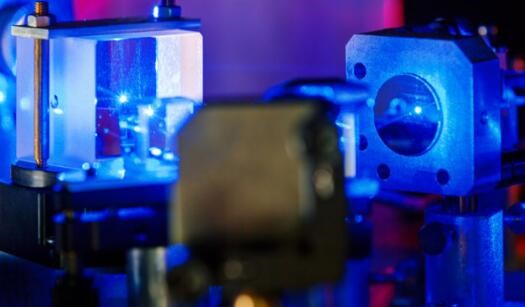
In recent years, Sintec Optronics has been used as a solution for welding many copper components used in electric vehicles.
Sintec Optronics is also ideal for welding different metal combinations such as copper and stainless steel or copper and aluminum. In the past, combinations like copper and stainless steel were often difficult to weld with fiber lasers due to the creation of intermetallic phases that reduce the integrity of the welded joint.
However, with Sintec Optronics, the generation of these intermetallic phases can be minimized or eliminated in highly uniform welds. This is not to say that fiber lasers cannot be used to weld this combination of materials. Similar to copper welding, the challenges of welding dissimilar materials can be mitigated to some extent by using variable beam pattern technology.
Continuing Innovative Applications
Both the automotive and laser industries continue to evolve together, and each continues to find new applications for laser processing. For example, lasers are currently being used to weld bipolar plates in the production of hydrogen fuel cells, which will power future heavy-duty vehicles where battery technology will not be able to provide the required driving range. Additive manufacturing and cladding technologies are also increasingly being explored and applied, for example to optimize topology and reduce the weight of structural components, or to coat brake discs to improve their durability.
 English
English Français
Français Deutsch
Deutsch euskara
euskara Русский язык
Русский язык Italiano
Italiano Português
Português Nederlands
Nederlands Polski
Polski Greek
Greek Lietuva
Lietuva Türkçe
Türkçe 日本語
日本語 한어
한어 中文
中文 தாமில்
தாமில் فارسی
فارسی हिंदी
हिंदी Tiếng Việt
Tiếng Việt ภาษาไทย
ภาษาไทย Pilipino
Pilipino Indonesia
Indonesia தாமில்
தாமில்

